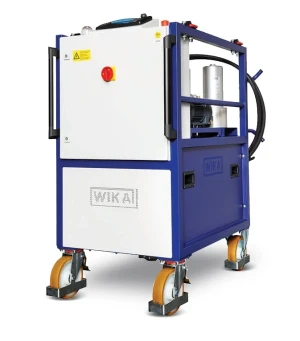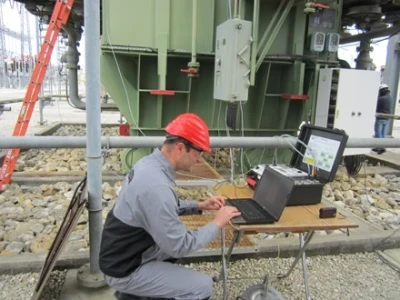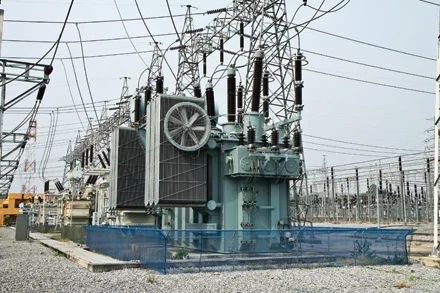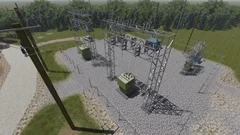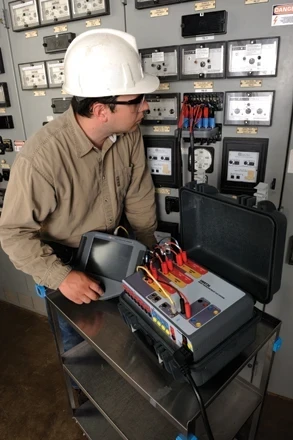Advanced Automation in Substations: Enhancing Grid Reliability and Efficiency
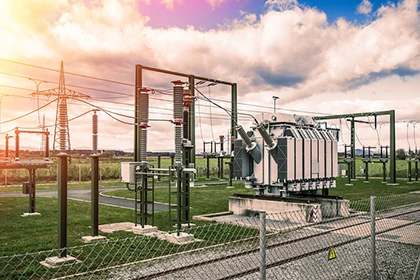
The rapid evolution of technology has brought significant advancements in the field of electrical substations, transforming them into highly automated, efficient, and reliable components of the power grid. These advancements are crucial in managing the increasing complexities of modern power systems, ensuring operational efficiency, and maintaining grid stability. This article delves into the latest innovations in substation automation, focusing on how they enhance grid reliability and efficiency. The move toward a digital substation framework allows for seamless integration of sensors, relays, and IEDs.
Integration of AI and Machine Learning for Predictive Maintenance and Fault Detection
Artificial intelligence (AI) and machine learning (ML) are at the forefront of the automation revolution in substations. These technologies enable predictive maintenance and fault detection, reducing downtime and preventing catastrophic failures. By analyzing vast amounts of data from various sensors and devices, AI algorithms can predict potential issues before they escalate, allowing for timely maintenance and repairs. Cutting-edge substation automation systems are revolutionizing grid efficiency by reducing manual intervention and improving fault response.
For example, machine learning models can analyze patterns in equipment performance and environmental conditions to forecast when a transformer might fail. This proactive approach minimizes the risk of unexpected outages, enhances equipment lifespan, and reduces maintenance costs. Utilities that have adopted AI-driven predictive maintenance report significant improvements in reliability and cost savings.
Furthermore, AI can also optimize the performance of substation equipment by continuously adjusting operational parameters. For instance, AI algorithms can dynamically manage load distribution to prevent overloading and ensure efficient energy usage. This not only enhances the longevity of the equipment but also contributes to overall grid stability. Strengthening substation protection with automated logic significantly enhances safety and response times.
Use of IEC 61850 Standards for Interoperability and Communication within Substations
The IEC 61850 standard plays a pivotal role in substation automation by providing a framework for interoperability and communication between different devices and systems. This standard ensures that equipment from various manufacturers can seamlessly communicate and work together, which is essential for the integrated and automated operation of substations.
IEC 61850 facilitates the integration of protective relays, control systems, and monitoring devices, creating a cohesive and efficient operational environment. The standard’s object-oriented approach and use of standardized communication protocols enable real-time data exchange and advanced control capabilities. This interoperability is crucial for the effective implementation of automation technologies and enhances the overall reliability and efficiency of substations.
In addition, IEC 61850 supports advanced functionality such as process bus communication, which replaces traditional copper wiring with digital communication links. This not only reduces installation and maintenance costs but also improves the accuracy and speed of data transmission. The use of IEC 61850 standards ensures that substations are future-proof and capable of adapting to evolving technological advancements.
Implementation of Smart Sensors and IoT Devices for Real-Time Monitoring and Control
The deployment of smart sensors and Internet of Things (IoT) devices is transforming substations into intelligent nodes of the power grid. These devices provide real-time monitoring and control, offering unparalleled visibility into the operational status of substation components. Every upgrade depends on dependable electrical substation components that interface with SCADA and other monitoring systems.
Smart sensors can continuously monitor parameters such as temperature, humidity, voltage, and current, providing data that is critical for maintaining optimal operating conditions. IoT devices enable remote control and automation of substation equipment, allowing for swift response to changing grid conditions and improving the overall efficiency of grid operations.
For instance, in the event of a fault, smart sensors can immediately detect anomalies and trigger automated responses, such as isolating the affected section and rerouting power. This capability not only enhances the reliability of the power supply but also improves the safety of the substation personnel by minimizing their exposure to hazardous conditions.
Moreover, IoT devices facilitate the integration of renewable energy sources by providing real-time data on their performance and impact on the grid. This enables utilities to optimize the use of renewable energy, reducing reliance on fossil fuels and contributing to sustainability goals. The continuous data flow from smart sensors and IoT devices also supports advanced analytics, enabling utilities to make data-driven decisions for improving substation operations. Routine electrical substation maintenance is still essential to keep automation systems functional and accurate.
Visit our Substation Maintenance training course.
Visit our Electricity Forum Electrical Substation Channel Page.
Read full article in the Substation And The Grid Special Edition

